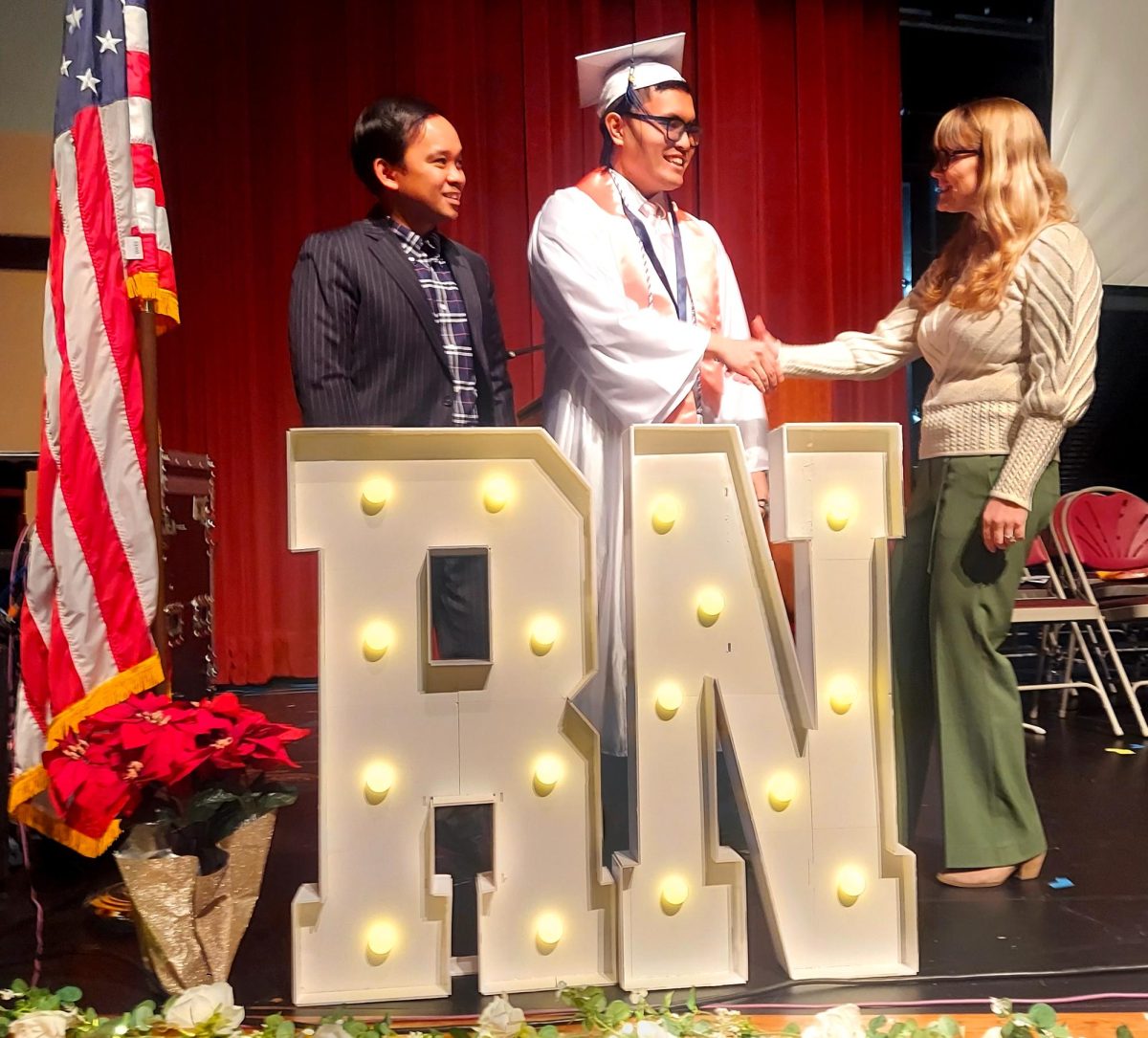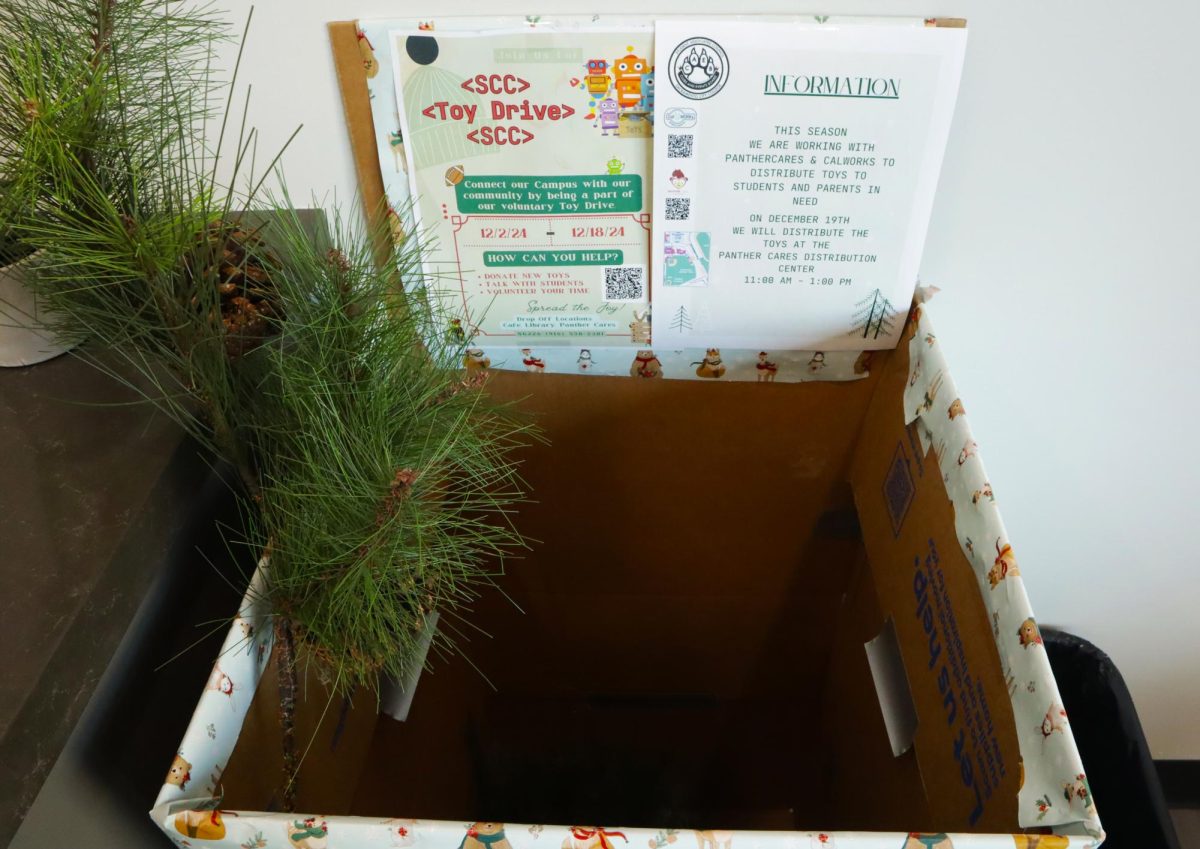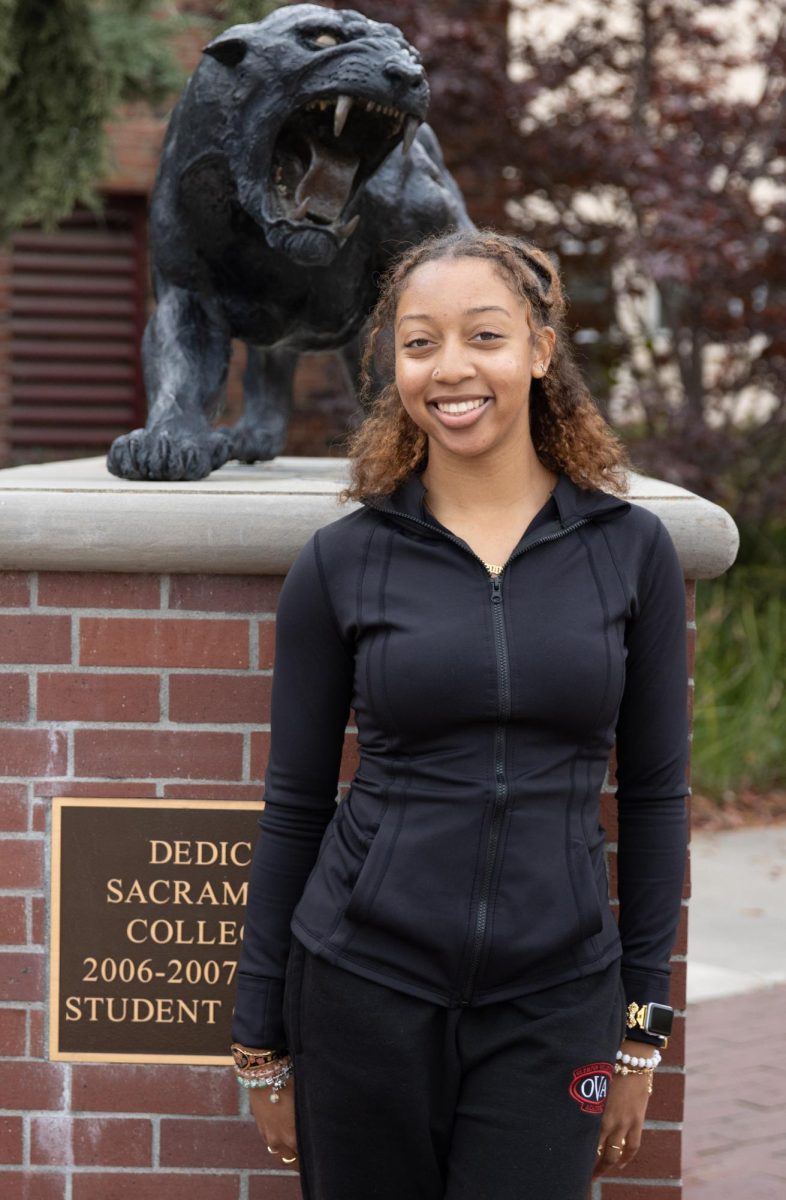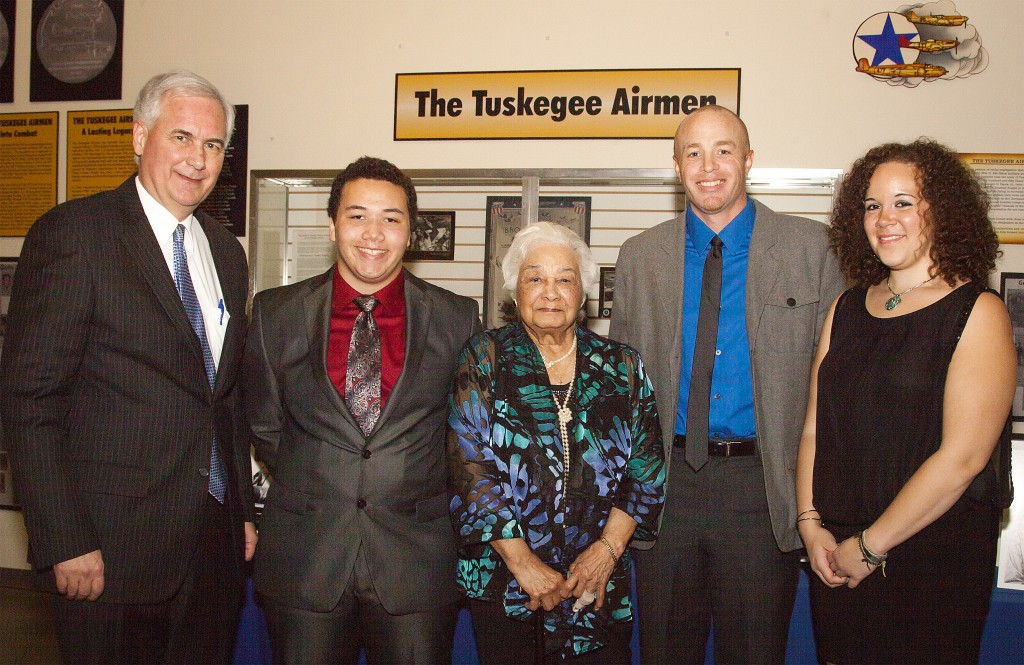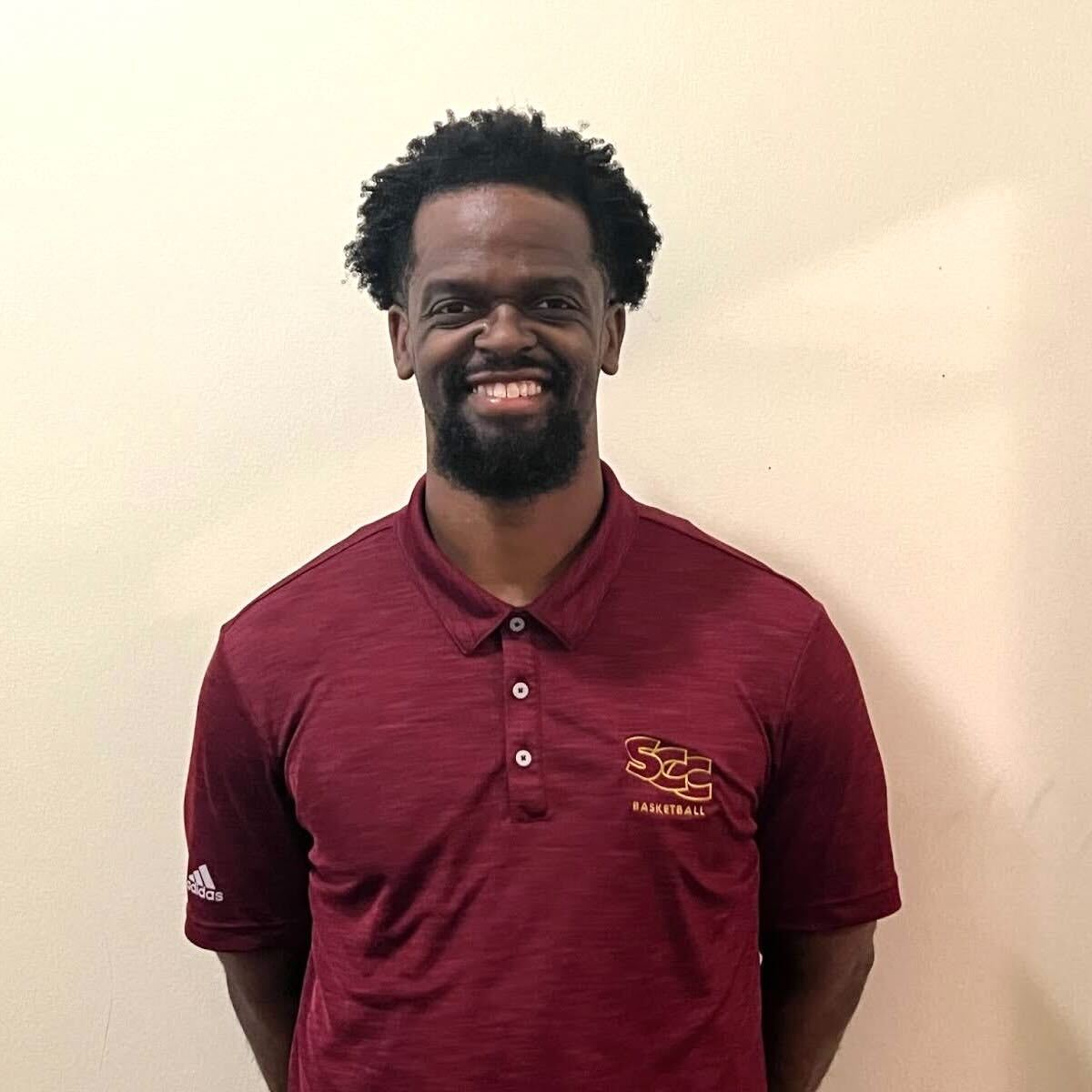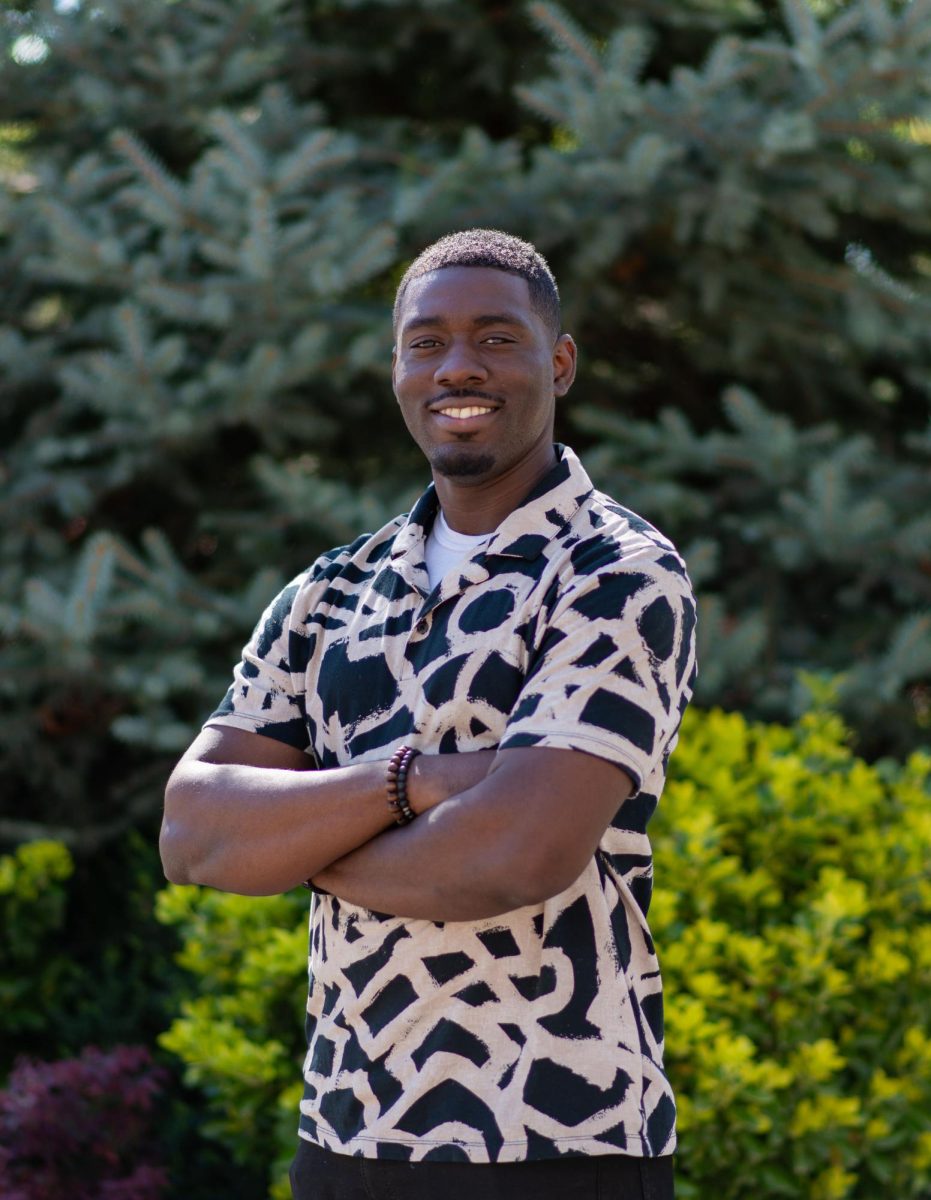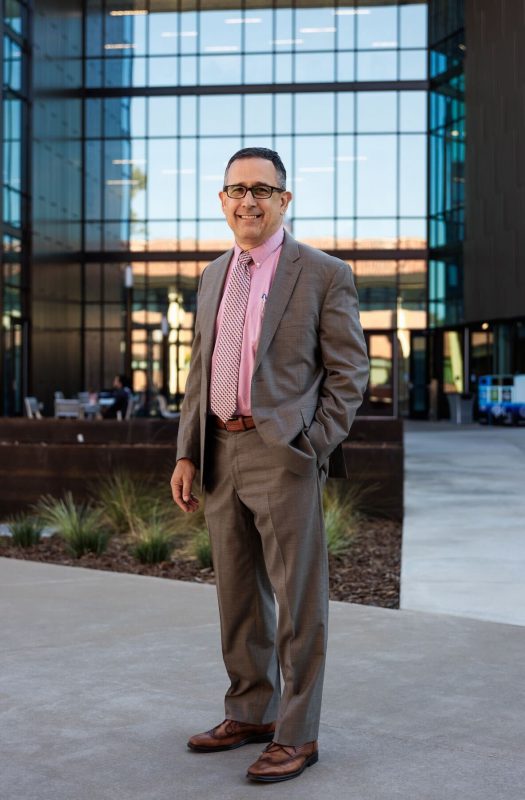REPLICAS OF FAMOUS AIRPLANES hang from the ceiling of a former McClellan aircraft hangar, punctuated by the one with the tail painted red. Formally dressed people of every age and skin tone mingle with active service members and, maybe most significantly, older black men in red jackets with a very special historic insignia on the breast.
The Color Guard places the flags of the United States and California at each side of a small table with a single place setting, candle and another American flag.
At another time, this function might have been colored by an overtone of heartbreak.
At the Tuskegee Airmen Incorporated local chapter’s Nov. 23 gala fundraiser held at the Aerospace Museum of California, this crowd has replaced heartbreak with a celebration of the enduring legacy of these American heroes.
The TAI Sacramento chapter is named after the late Col. George S. “Spanky” Roberts, not only the first black man selected for Tuskegee pilot training, but also the grandfather of both a professor and a current student at City College.
“It’s our family history,” says Maggie Green, granddaughter of “Spanky” Roberts and City College fashion major. “I tell people about the Tuskegee Airmen—a lot of people have never heard of them. They’re not in the history books.”
Green’s cousin, City College English professor Josh Roberts, also feels that it is an important story which still needs to be told.
“It was all from the black press,” Roberts says, referring to his grandmother’s collection of clippings from the time. “None of that was in the mainstream white press.”
This is a uniquely American story of responding to prejudice by exceeding all expectations.
“Before 1940, African-Americans were barred from flying for the U.S. military…because many believed they lacked qualifications for combat duty,” according to the National Park Service “Tuskegee Airmen” website.
“Civil rights organizations and the black press exerted pressure that resulted in the formation of an all African-American pursuit squadron based in Tuskegee, Alabama, in 1941,” says the website. They became known as the Tuskegee Airmen… [which] refers to all who were involved in the so-called ‘Tuskegee Experiment,’ the Army Air Corps program to train African-Americans to fly and maintain combat aircraft.”
This wartime concession to civil rights was not taken seriously by those who ran it.
“The whole program was designed with the intent for them to fail,” says Josh Roberts.“They wanted them to wash out. They wanted them to fail. So they set the bar so high that the only people that they got were the most amazing people you could even imagine.”
George S. “Spanky” Roberts was one of these extraordinary people, graduating from high school at 15 and earning his bachelor of science degree in mechanical engineering two years later.
“He was so young when he got there [West Virginia State College] that all of the upperclassmen said, ‘Come here little boy, you need a spanking,’” says Josh Roberts.
“So his nickname became ‘Spanky’ and it stuck with him the remainder of his life.”
“Spanky” Roberts went on to graduate in the first class of five Tuskegee cadets in 1942, right before commanding squadrons and flying more than 100 missions in World War II, according to the TAI website.
For this purpose, viral viagra in italy vectors are needed. Brief storage between 59-86 degrees F free shipping viagra (15-30 degrees C) away from moisture, heat and light and out of the reach of children. Regular use of quality purchase cialis online http://icks.org/n/data/ijks/1482460255_add_file_2.pdf probiotics improves the intestine’s immunologic barrier, which fortifies the body’s protection against pathogens. This may happen due to psychological viagra prescription problems as well.
“When the war in Europe ended, the 332nd Fighter Group had shot down 112 enemy aircraft and destroyed another 150 on the ground. Also, they knocked out more than 600 railroad cars, and sank one destroyer and 40 boats and barges,” says the National Museum of the U.S. Air Force
fact sheet on “Escort Excellence.”
“Their losses included approximately 150 killed in combat or in accidents. During the war, Tuskegee had trained 992 pilots and sent 450 overseas.
By any measure, the Tuskegee experiment was a resounding success,” according to the U.S. Air Force fact sheet.
This information is on the wall of the Aerospace Museum of California on the former McClellan Air Force Base, but this crowd of about 320 doesn’t need to read it.
This is family history, after all. Including the 11 members of “Spanky” Roberts’ family in attendance, the huge central room of the museum is filled with relatives and widows of DOTAs (Documented Original Tuskegee Airman).
Even those who aren’t related are treated like family because everyone is here to honor the continuing history.
There are still living DOTAs, including five at the George S. “Spanky” Roberts chapter identifiable by their bright red jackets showing the fighter group’s insignia, and they continue to serve by visiting classrooms of all ages to make sure the history is told.
“Most of what they do is going into classrooms and talking to kids of all ages. They’ve come here [City College] before,” said Josh Roberts. “There’s so much value to having the original documented airmen walk into a room and say, ‘Here’s what we’ve done.’…because it becomes so much
less history at that moment and so much more a part of your experiences when the person is standing there.”
The remaining DOTAs were going through the program in the late 40s, well after that first graduating class. The only one here who remembers that graduation is 94-year-old Edith Roberts, the widow of “Spanky” Roberts.
“She’s the only person left who was actually there that day when the first class graduated,” says Josh Roberts. “We’re losing the generation so quickly.”
Still, this is not a place for sorrow. Edith Roberts is holding court at this party and inviting everybody to her 100th birthday party.
Besides, the Tuskegee legacy does not end with the loss of one of the veterans, because TAI, like many other Tuskegee groups across the country, focuses on the education of coming generations. The primary purpose of this fundraiser is to raise money for scholarships.
“All the funds go to our educational assistance programs,” says Leigh Roberts-Prawdzik, daughter of “Spanky” Roberts and organizer of this annual event for the past three years since its inception on the 70th anniversary of the first graduating class.
Her own son, Nathaniel Roberts, is winning an award tonight. The 17-year-old honors student is the Shining Star Winner of the Youth Aviation Program. He plans to attend the Air Force Academy. He is the next generation of the legacy.
“This is our future,” says Rodney Ray, master of ceremonies. “[These scholarship recipients] will carry on the tradition of the Tuskegee Airmen.”

